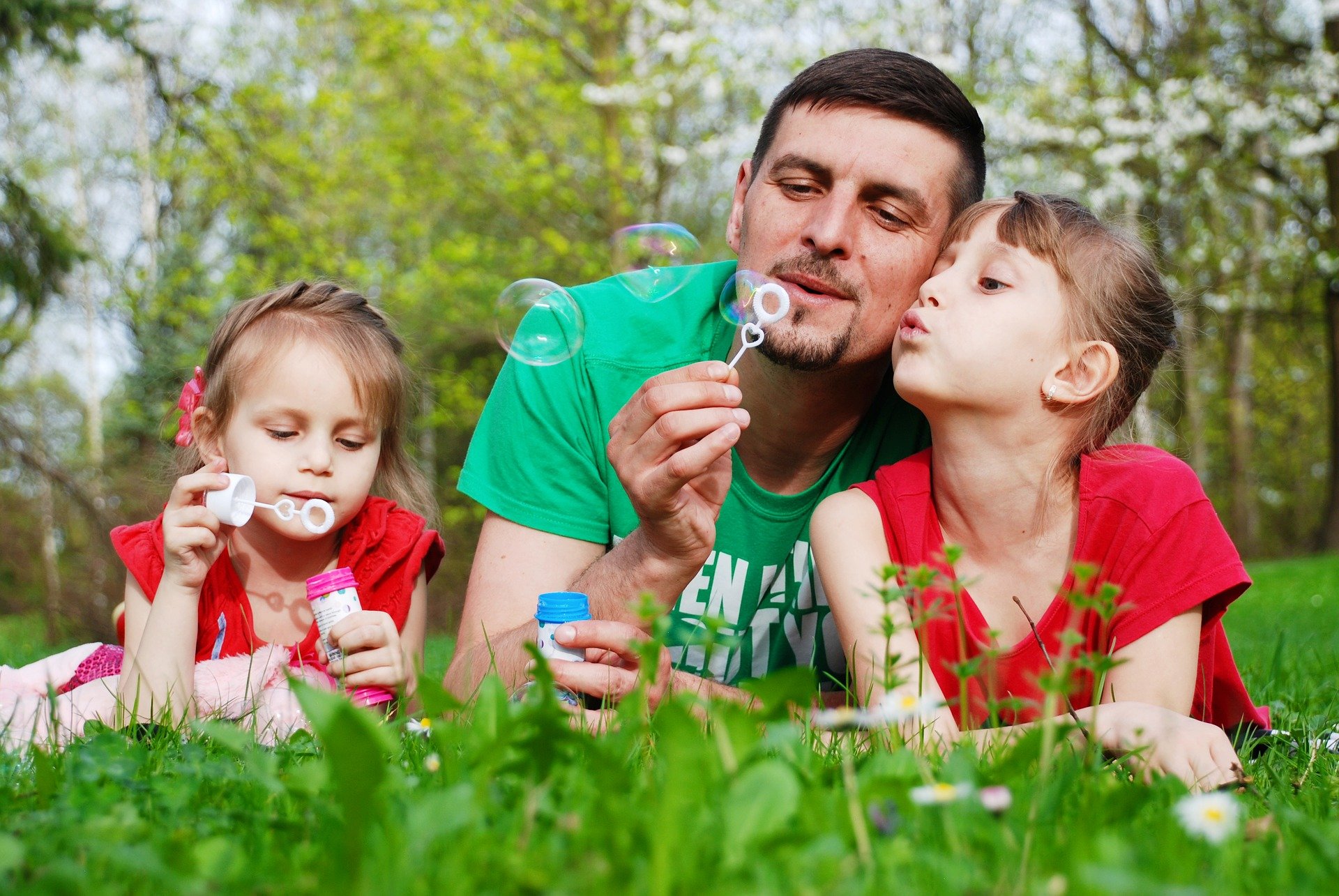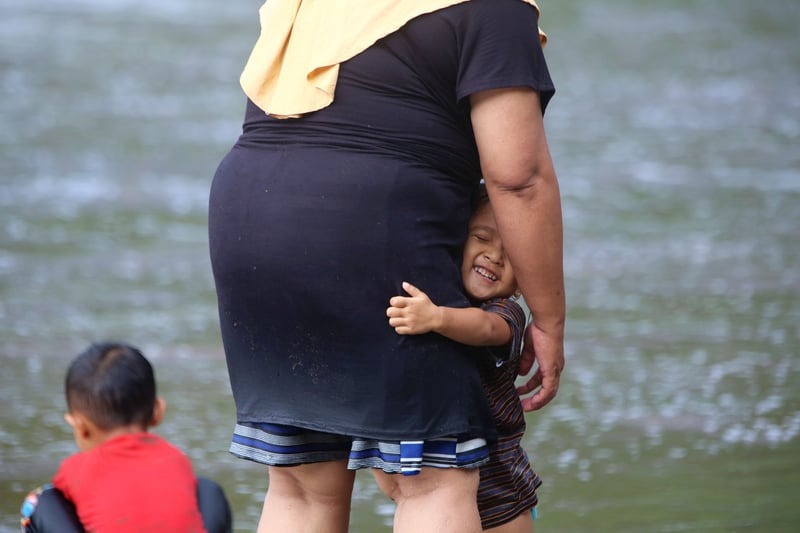Relationship-based childcare, explained for parents
- Social & Emotional

A relationship-based approach to childcare is one that is founded on a strong relationship between the child, childcare provider, and their family in order to support the best possible development outcome for the child.
Rather than following a generic ‘outline’, policies and practices within the care setting are established through staff getting to know the children well. This helps to build a strong relationship in order to tailor learning and care to their specific needs.
The two pillars of relationship-based care
Primary caregiving
This is based upon one adult in a care setting having responsibility for a small group of children. This type of care is in contrast to a usual large classroom setting and enables a stable relationship of trust to be built between the caregiver, child, and family.[1]
Continuity of care
This focuses on the importance of a child having a bond with their primary carer over a sustained period of time. This means that children will work with the same caregiver through many age stages, rather than moving through different staff as they grow older.[2]

Why early relationships are crucial for child development
From birth, children will be building relationships. These will be with parents, grandparents, siblings and other family members, before expanding to caregivers and peers in educational settings.
Attachment theory
Research has also supported relationship-based childcare.[1] Attachment theory focuses on how bonds develop, and in turn, these bonds help children to have a sense of security.[3]
Research into attachment theory has also identified factors that can have an effect on the quality of attachments that children make.
Firstly, opportunity for attachment, meaning that children who do not have figures that they can form attachments to may not be able to develop a sense of trust in others in the same way as their peers.
Secondly, quality caregiving can affect this. If children do not receive quality care by those who respond quickly and appropriately to their needs, they might not develop an understanding of who is there to care for them.[4]
Psychologist John Bowlby carried out extensive research into types of attachment with young children, and how this can have an effect on development, believing that the attachment children experience has an impact and an influence on behaviour right through until adulthood.
Bowlby also described four characteristics of attachment:
- Proximity maintenance - This is where people want to be close to those they have formed an attachment to.
- Safe haven - This is where people come to those they are attached to for comfort, or when they feel fearful.
- Secure base - This is when children use their attachment figure as base from which they can detach from, and come back to, when exploring the environment.
- Separation distress - This can be characterised as the discomfort and anxiety displayed when the attachment figure is absent.[4]
There are many characteristics that can be seen in childhood that point to a child having formed a secure attachment. For example, it has been noted that children who can separate from their attachment figure and seek comfort from them when needed can develop trusting relationships and display strong self-esteem in adulthood, showing the positive impact of good attachment-based relationships during the first few years of life.
For further insight around developing positive relationships with your children, please see our dedicated app — found within the App Store.
References
[1] Laura Sosinsky, Karen Ruprecht, Diane Horm, Kerry Kriener-Althen, Cheri Vogel, Tamara Halle. (2016). Including Relationship-Based Care Practices in Infant-Toddler Care: Implications for Practice and Policy. Available: https://www.acf.hhs.gov/sites/default/files/documents/opre/nitr_inquire_may_2016_070616_b508compliant.pdf?mkt_tok=NjgyLURCVS04MDkAAAF-Xk0ebnncMzq-VQk54GTqROsSe97-vcBWuX2dye6pYvGxucxhe-GkgErHrMAA8g0WLS
[2] Southwest Human Development. (2016). Meet your child's needs with relationship based childcare. Available: https://www.swhd.org/meet-your-childs-needs-with-relationship-based-care/.
[3] Corrine Rees. (2007). Childhood attachment. Available: https://www.ncbi.nlm.nih.gov/pmc/articles/PMC2169321/.
[4] Kendra Cherry. (2019). What Is Attachment Theory? The Importance of Early Emotional Bonds. Available: https://www.verywellmind.com/what-is-attachment-theory-2795337.